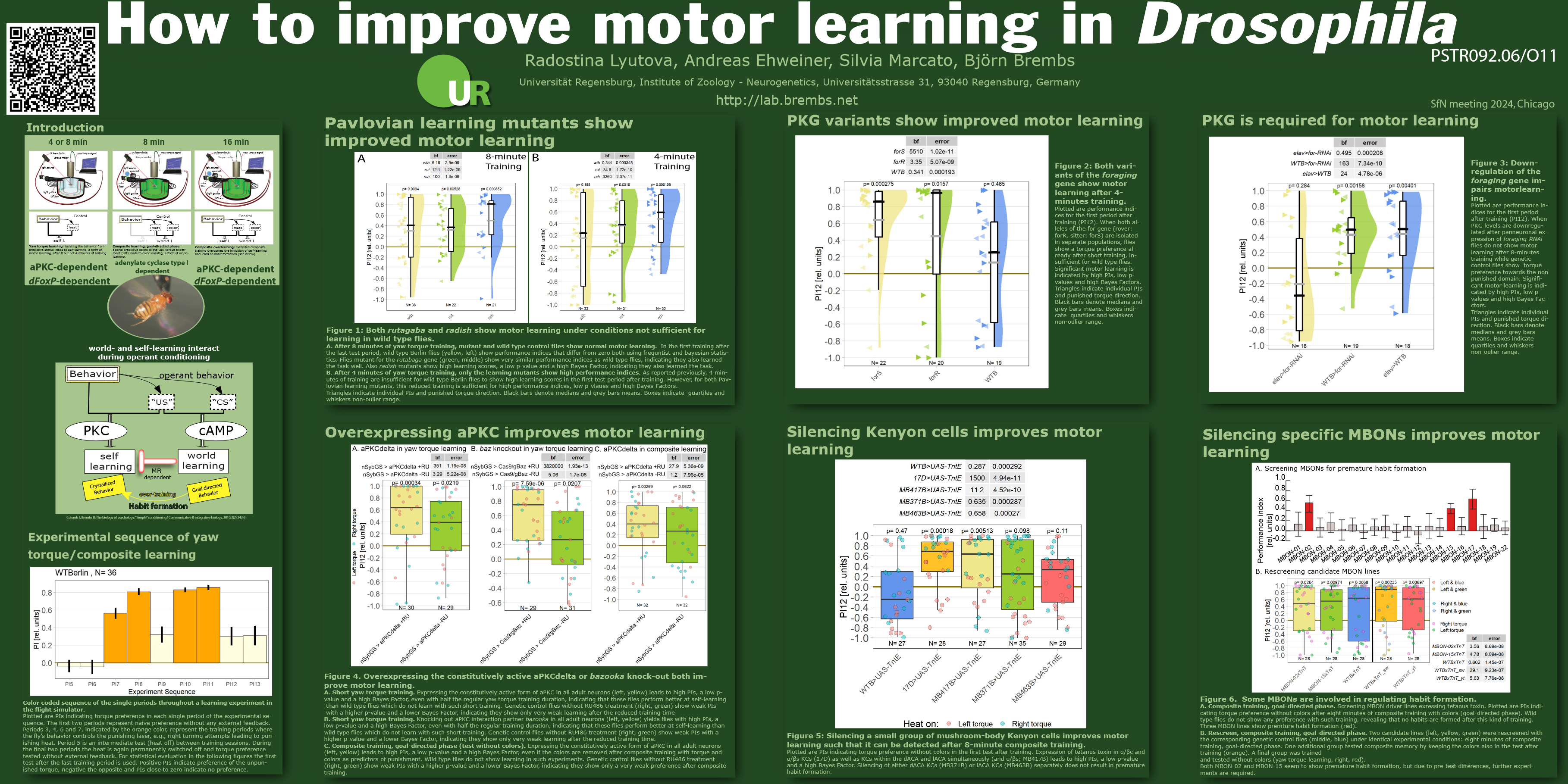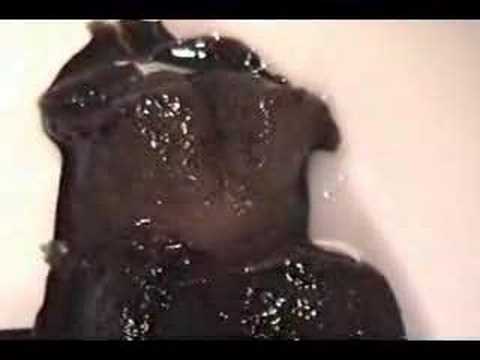PKC in motorneurons underlies self-learning, a form of motor learning in Drosophila
- Version
- Download 6723
- File Size 352.63 KB
- File Count 1
- Create Date April 26, 2016
- Last Updated April 26, 2016
PKC in motorneurons underlies self-learning, a form of motor learning in Drosophila
Tethering a fly for stationary flight allows for exquisite control of its sensory input, such as visual or olfactory stimuli or a punishing infrared laser beam. A torque meter measures the turning attempts of the tethered fly around its vertical body axis. By punishing, say, left turning attempts (in a homogeneous environment), one can train a fly to restrict its behaviour to right turning attempts. It was recently discovered that this form of operant conditioning (called operant self-learning), may constitute a form of motor learning in Drosophila. Previous work had shown that Protein Kinase C (PKC) and the transcription factor dFoxP were specifically involved in self-learning, but not in other forms of learning. These molecules are specifically involved in various forms of motor learning in other animals, such as compulsive biting in Aplysia, song-learning in birds, procedural learning in mice or language acquisition in humans. Here we describe our efforts to decipher which PKC gene is involved in self-learning in Drosophila. We also provide evidence that motorneurons may be one part of the neuronal network modified during self-learning experiments. The collected evidence is reminiscent of one of the simplest, clinically relevant forms of motor learning in humans, operant reflex conditioning, which also relies on motorneuron plasticity.















